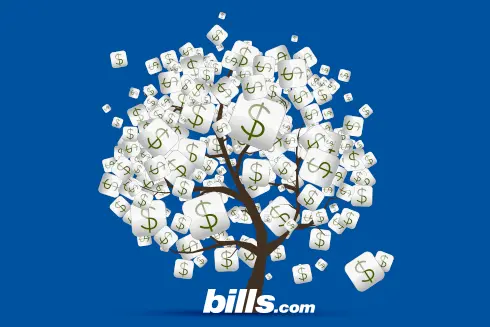
Get rid of your debt faster with debt relief
Choose your debt amount
Or speak to a debt consultant 844-731-0836
- Two accounts showing up on a bill and credit report that are being reported as one.
- Collection efforts by a utility company.
- How do the statute of limitations apply?
Can a utility company bill me for two separate accounts on the same bill, and consider it the same account?
I have a utility bill on my credit report. I cancelled my service in 2008. I moved knowing I owed $45.23. When I pulled my credit report I found a collection for $2066.61. I sent a debt validation letter to the utility company and they responded with and itemized printout of my account. Turns out a month before I moved I cancelled my account, they added a "transfer debit" of $2021.38. This transfer debit is an old bill from this company and a different account, and out of the statute of limitations. Can the utility company add this old bill onto the new one? If not, how do I get it removed? Woudln't this be like having 2 visa cards from the same bank and one being charged the other's bill? I am trying to clean up my credit and this one is killing my score.
Generally speaking, if the accounts are two distinctly separate numbers you should be billed separately. However, this does not mean that they cannot have both accounts show up in a billing statement. With regards to the statute of limitations, a creditor can still attempt to collect on a debt even if the statute of limitations has expired. On the other hand, if the creditor tries to take legal action against you, you can then raise the issue of the statute of limitations to the court. This is not necessarily like having two credit cards from the same bank. It is possible that the utility company, in this case, can add the prior bill onto the other account. I do not know of any method that can remove this old account. After all, you are implying that you do actually owe the amount mentioned. Below I will provide you with more information on the statute of limitations.
Statute of Limitations
All states have a body of statutes in their codes of law called, "Limitations of Actions," commonly referred to as the statutes of limitations. The idea behind these laws is that we as a society have decided that we don't want old debts hanging around forever -- we want people and businesses to be able to move on with their lives without worrying about being sued.
The length of time a creditor has to sue you depends on your state of residence and the type of debt. For example, many states allow longer for creditors to file suit to collect on closed-ended consumer loans than on credit card debts. Most states give credit card issuers three to four years to file suit after default, but some states allow as many as 10 years. Check out the Bills.com Collection Laws page.
The page I just mentioned has more information about statutes of limitations and a list of limitations by state. If a creditor files a lawsuit after the allowed time, the court will usually throw the case out and not allow the creditor to file suit again (called dismissed with prejudice).
However, you must raise the issue of expired statute of limitations in a written response to the lawsuit, or else the court will not know that the statute of limitations has expired. Although the periods vary from state to state, I believe that there is only one (Ohio) that is longer than 10 years.
Remember: The passing of the SOL does not mean that a creditor cannot sue you. It means if a lawsuit is filed you should have an absolute defense against the lawsuit if you raise the defense. Also, keep in mind that the passage of the SOL does not prevent a creditor from calling you to collect on the debt; it simply provides you an absolute defense in court if the creditor files suit.
I hope this information helps you Find. Learn & Save.
Best,
Bill
Bills.com
Struggling with debt?
If you are struggling with debt, you are not alone. According to the NY Federal Reserve total household debt as of Quarter Q4 2023 was $17.503 trillion. Student loan debt was $1.601 trillion and credit card debt was $1.129 trillion.
A significant percentage of people in the US are struggling with monthly payments and about 26% of households in the United States have debt in collections. According to data gathered by Urban.org from a sample of credit reports, the median debt in collections is $1,739. Credit card debt is prevalent and 3% have delinquent or derogatory card debt. The median debt in collections is $422.
Each state has its rate of delinquency and share of debts in collections. For example, in Alaska credit card delinquency rate was 2%, and the median credit card debt was $518.
To maintain an excellent credit score it is vital to make timely payments. However, there are many circumstances that lead to late payments or debt in collections. The good news is that there are a lot of ways to deal with debt including debt consolidation and debt relief solutions.